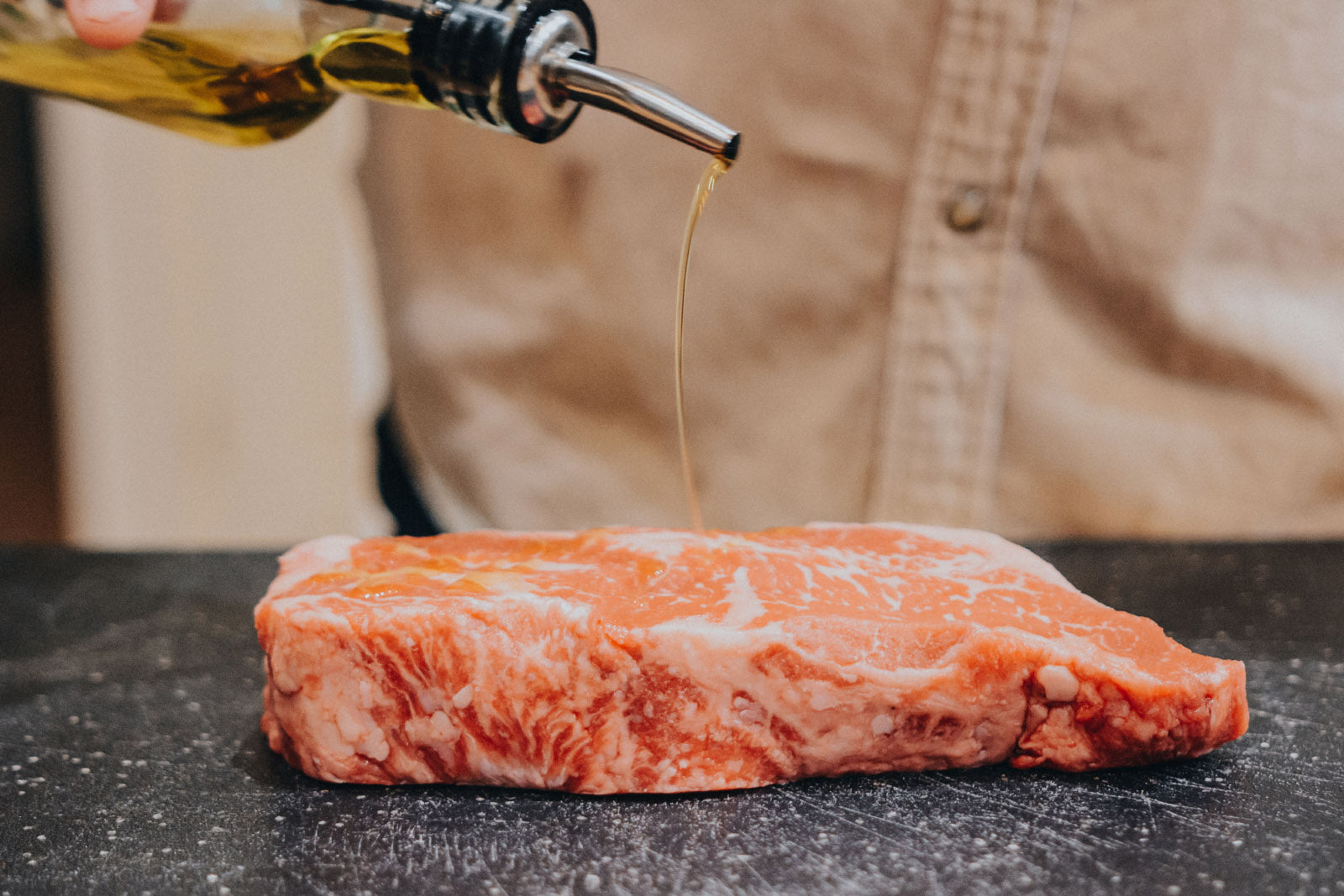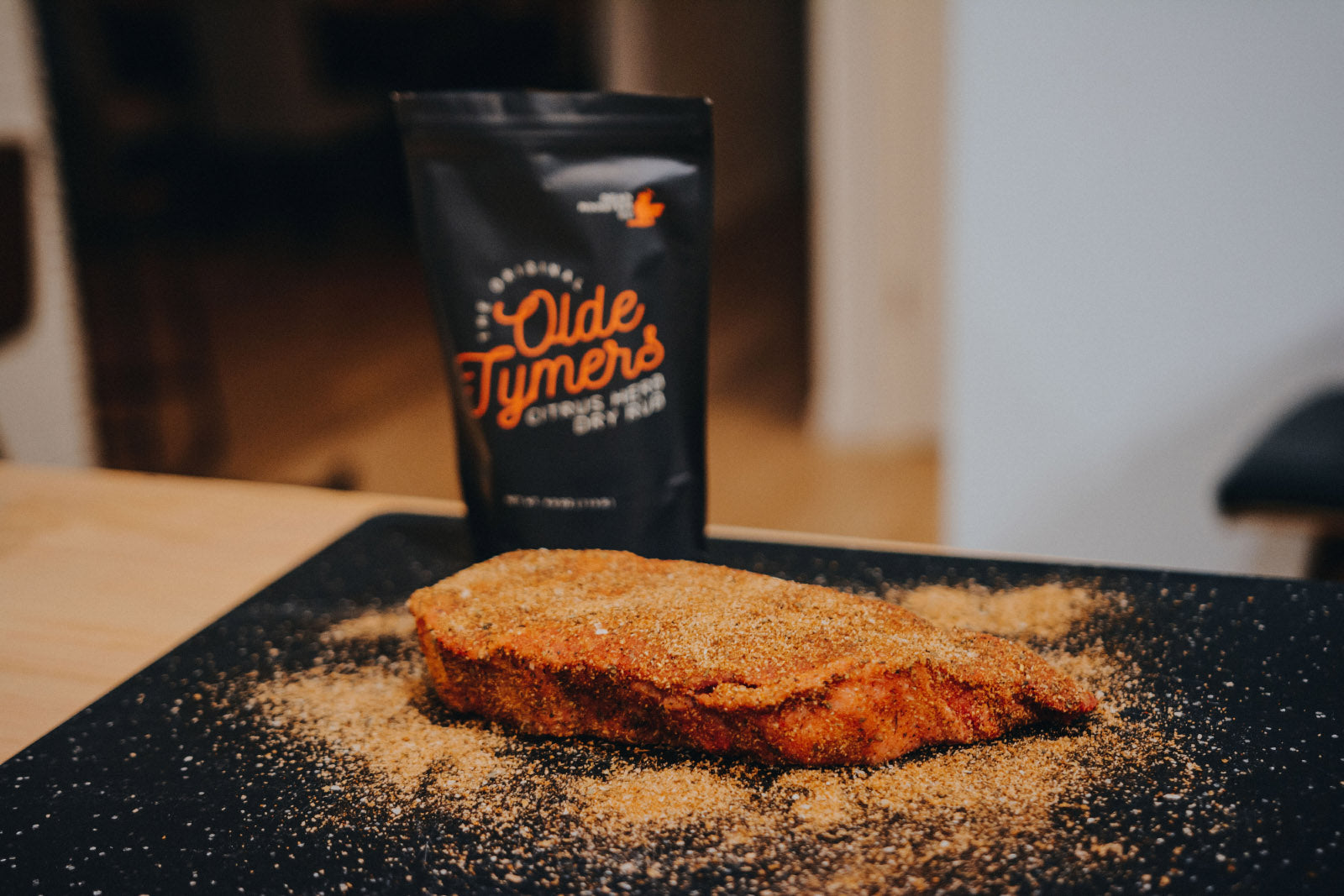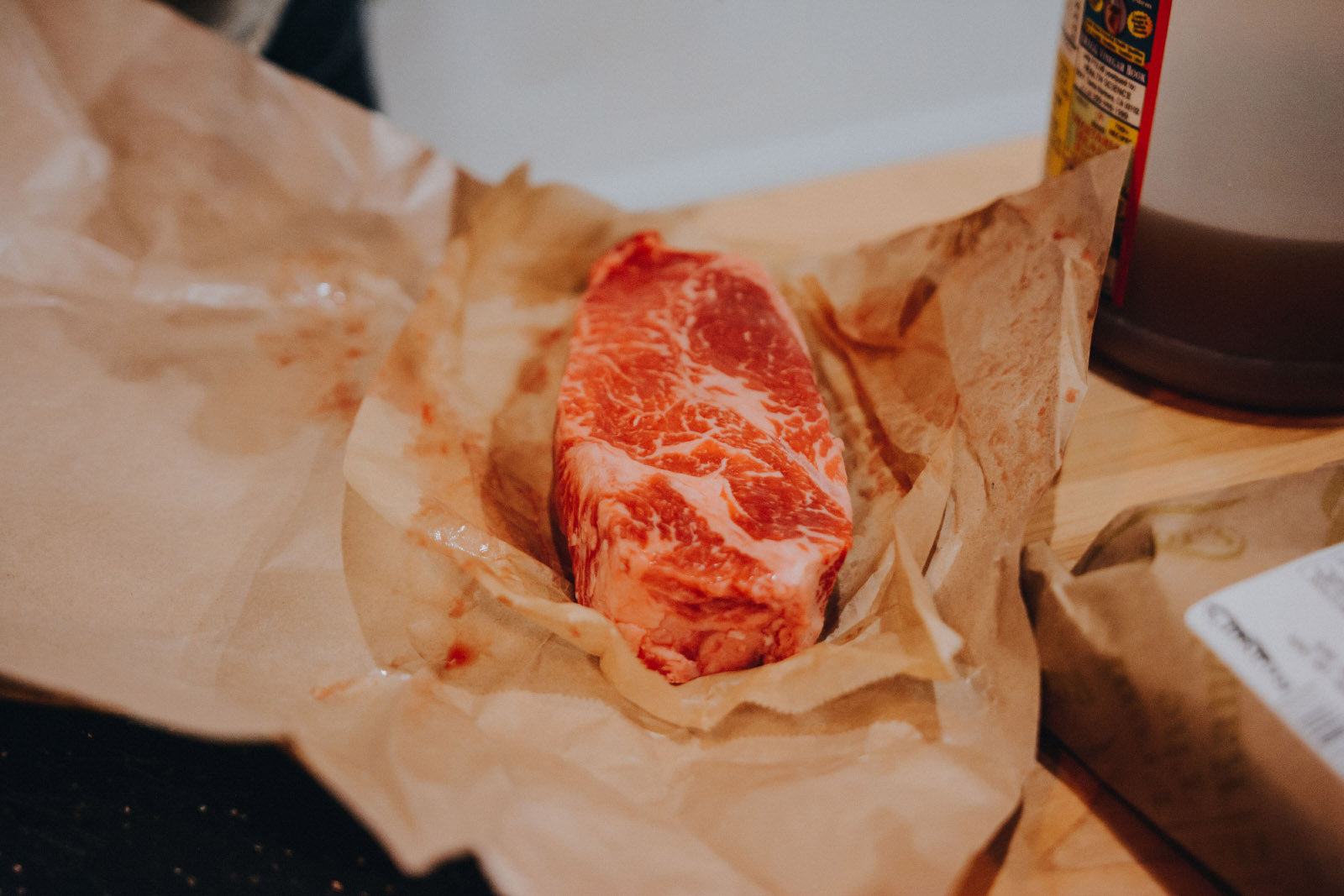What Are Dry Rubs and How to Use Them
Last updated on July 9, 2020
What is a dry rub?
A dry rub is a blend of dry spices and herbs that is liberally applied and rubbed onto the surface of food to add flavor before cooking. Depending on the flavor profile, rubs can work on meat, poultry, fish, and even vegetables. On top of making everything delicious, dry rubs can also create a crust on food that adds beautiful texture and big hits of flavor. And the best part? They’re almost effortless and a great way to impress friends and family with incredible meals.
Dry rubs typically begin with a salt base. Not only does this amplify the flavors of the spices and herbs added into the blend, but it helps to penetrate the meat when applied and left to rest. We like to use more salt than brown sugar in our rubs, as sugars caramelize and can burn under high heat. Other common ingredients found in dry rubs are black pepper, garlic powder, onion powder, paprika, and others.
You’ll find a lot of simple, standard rub flavors out there, especially when it comes to steak seasonings and barbecue spice rubs. At Dead Rooster though, we add more unique flavors to our profiles, like Arabica coffee in our Black Gold and coriander in our Old Timers.
Dry Rubs vs. Wet Rubs vs. Marinades
A quick breakdown of options for how to season a piece of meat:
- Dry rubs: dry ingredients that add flavor but no moisture, applied to the surface of the meat
- Wet rubs: a paste created by mixing dry rub ingredients with a liquid base like olive oil or vinegar then applied to the surface of the meat
- Marinades: a liquid solution of oil, vinegar, sauces, spices, and herbs that meat is soaked in to absorb flavors
So, which one is the best? Well, as the folks behind a dry rub company, we favor the standard dry rub in most situations. They create the best crust, are super simple to prep, and preserve the quality of the meat’s original flavor best. There are some situations when wet rubs work best too though, like when cooking meat in a slow cooker or doing ribs in the oven. Wet or dry is usually subjective to your personal styles of cooking. Just make sure it tastes great!
But what about marinades? Well, we usually avoid them but there are some pros and cons to discuss. Starting with the positive side, marinades can pack in lots of flavor, especially on dishes like bulgogi and carne asada. They can also help break down muscle fibers for added tenderness and add moisture to meat. On the negative side, marinades often hinder the formation of a great crust on meat, something we barbecue fans love.
The biggest issue I have with marinades though is that they overpower the flavor of the meat they are meant to improve. I would never buy a premium cut of steak and marinate it. I would much rather enjoy the flavor of that beef and enhance—rather than replace—its flavor by using a dry rub. For me, marinades can be delicious but are best used on cheaper cuts of meat or for specific cuisines.
How to use dry rubs
Choose your protein and your flavor
First, select the protein that you’ll want to use your dry rub on. Then choose the flavor of dry rub you want to use. Here is a quick guide to our dry rubs and the best pairings with meat:
-
Black Gold: beef, chicken, pork
Recommendation: cast-iron ribeyes, grilled chicken or pork chops, smoked brisket, chicken wings finished with honey, mornin’ bacon
-
Old Timers: beef, chicken, pork, fish, vegetables
Recommendation: grilled beef tenderloin, pan-seared chicken, roasted pork tenderloin, roasted vegetables
-
Redwood: pork, chicken
Recommendation: smoked pork butt, smoked ribs (or ribs in the oven), charcoal chicken finished with barbecue sauce
Once you’ve chosen a protein, it’s time to apply the rub!

How to apply dry rub
You’ll want to start with a large, clean surface. We like to use either cutting boards or even larger baking pans (easy for cleanup). Prep the meat by trimming off any unnecessary fat then patting the meat dry with a paper towel. If you’re using a tougher piece of meat, sometimes it helps to tenderize with a Jaccard. This is pretty standard for us when doing grilled chicken.

Next, it’s time to apply the rub. We like to rub a tiny amount of olive oil onto the meat prior to adding dry rub. This helps the seasoning to stick to the meat better. After applying a little oil, it’s easiest to apply our rubs with the two-hand method: sprinkle the spices out of the bag and directly onto the meat with your dominant hand, then massage the spices equally with your other hand. Be sure to hit all sides of the steak, pork chops, or whatever you’re prepping.
How much seasoning should you use? A good rule of thumb is 1 tablespoon of rub per pound of meat but you don’t have to perfectly measure these dry ingredients though. Also, remember that larger cuts of meat (like pork shoulders) can handle a lot more rub. You can press harder into the meat with these big cuts too.

Once the rub is applied, let the meat rest in an airtight container in the fridge for 30 minutes before cooking. You can even leave the dry rub on overnight, but keep in mind that the salt content will begin to dry out the meat if left on for too long. If you’re in a hurry, you can hit the grill immediately after applying the rub. We always recommend the 30-minute minimum to ensure the flavor works its way into the meat more thoroughly.

Cooking methods
Dry rubs are super versatile when it comes to cooking methods. We prefer to hit the smoker or the grill, but at this point, you have some options: sear in a cast-iron skillet, slow cook in a Dutch Oven, or even roast in the oven. You are the home chef, so this is your call! Just be sure that you let the meat rest for 10 minutes when you’re done cooking, letting the juices redistribute equally through your cuts of meat.
The most important things are to continue experimenting with flavors and cooking methods, then have fun with your people when you cook! Our goal from the beginning was to build a company that brings people together – so no matter what you’re cooking up this weekend, be sure to invite a few people to join you.



